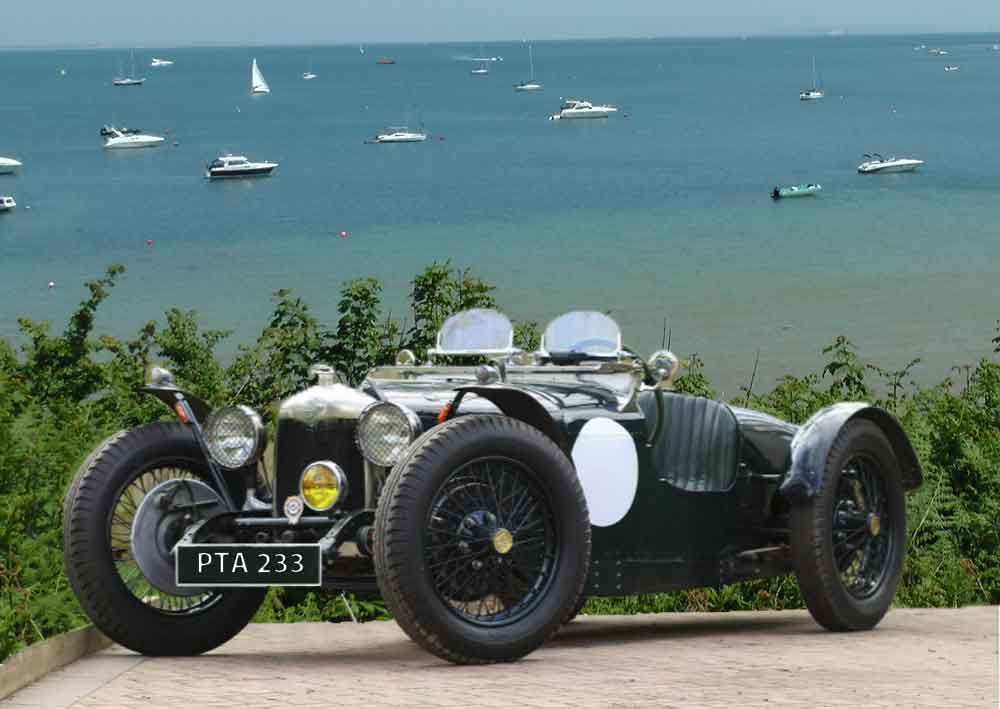Fabulous Cars
Some of the most wonderful cars ever created

When Honda first introduced their motorbikes to Great Britain, one of their marketing slogans was 'who will win the CC versus rpm war?' They were a little late in that, because the war had already been won in 1926, by a gentleman called Percy Riley.
Riley was an innovative car manufacturer who believed that the way to success was to have small engines built into light cars. His Riley Nine car had a high revving engine of just under 1100 cc and yet it was able to win races against cars with much larger capacities. It was the sort of engine which nowadays we would expect to find in a high performance motorcycle or a small hatchback from Japan!
The four-cylinder engine was amongst the most advanced ones of the 1920s, and featured a hemispherically shaped combustion chamber. The valves sat at a 45° angle in the crossflow head and they were operated by two camshafts, set high in the block. The power output was about 50 brake horsepower.
At it's launch two types of body were available; a saloon, which was titled the Monaco and which was capable of a maximum speed of 60 mph, and a tourer with four seats. A bewildering number of variants followed. However it was the engine itself which was attracting a great deal of attention from people who believed that they could tune it to produce even more power.
One of them was a gentleman named John Godfrey Parry-Thomas who felt that the car itself could benefit from some alterations to, and he created the car that came to be known as the Riley Brooklands.
Parry – Thomas owned a workshop near to Brooklyn's race circuit in Surrey and he took a basic Riley Nine, and lowered the body until the seats were a mere 6 inches from the ground. This configuration gave the car the edge in cornering and roadholding over competitors with greater ground clearance and thanks to this and the nippy engine racing successes started to add up.
Parry – Thomas was sadly killed in 1927 during an attempt to recapture the world land speed records but racing driver Reid Railton, a friend of his, took over the project. This car, and derivatives of it, were amongst the most successful racing cars of the late 20s and early 30s, in the hands of either works team or private individuals. As an example, at the 1934 Le Mans race, Riley's came in 12th, sixth, fifth, third, and second!
Production of the Riley Nine continued until 1938 when the company was bought by the Nuffield Organisation and production of the Nine engine ceased.
Get cheap quotes for insuring a car for just a few days